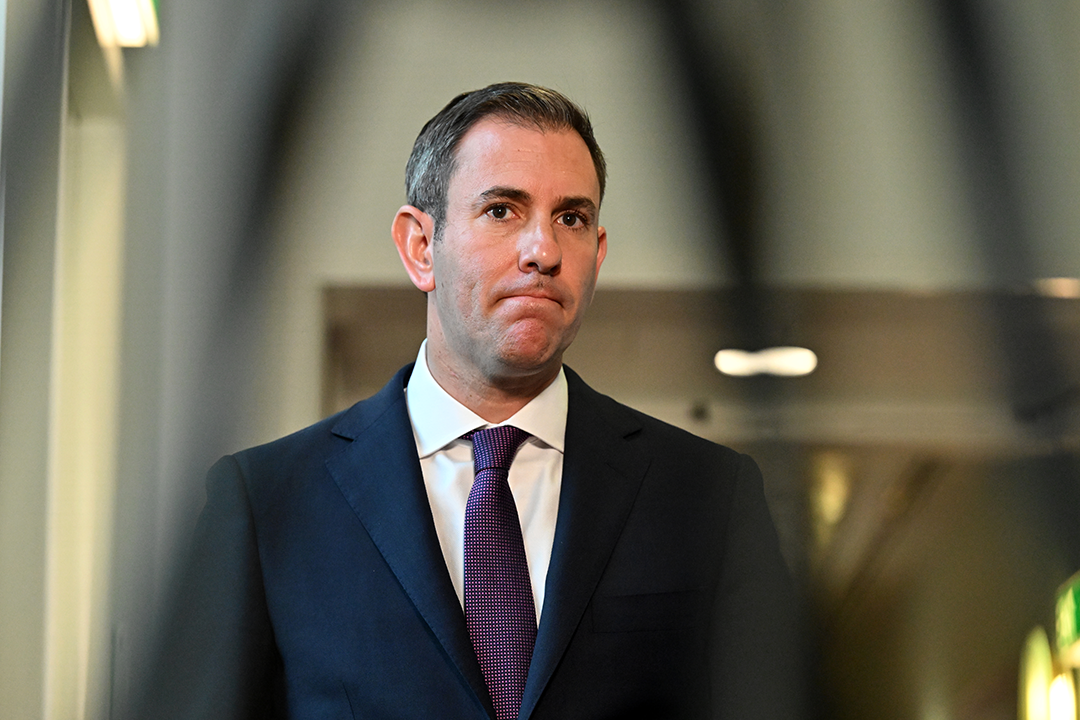

The controversial “Super Tax” on balances over $3 million, a centrepiece of the Albanese government’s superannuation reforms, is now officially under the Treasury microscope, it has confirmed.
The new admission came at a Senate Estimates hearing last night, after months of growing criticism from industry groups and, more recently, from within the government’s own ranks.
In a key development, Diane Brown, deputy secretary of the Treasury’s revenue division, told senators that the Prime Minister’s Office is now directly engaged with the legislation, which was previously under Treasurer Jim Chalmers’ control. Brown said, “There have been some conversations with the prime minister’s office… It remains unlegislated, and so stakeholders continue to raise questions about the bill”, as reported by the AFR this morning.
Pressed on the substance of these conversations, Brown declined to offer details, citing the need to protect her ability to advise the government. But she confirmed that Treasury has been modelling different outcomes in response to “concessions and concerns that stakeholders have raised,” and has provided this advice to the Treasurer.
The Australian Financial Review reports that concerns about fairness, complexity, and unintended consequences continue to shape behind-the-scenes discussions, with the possibility of amendments or delays now firmly on the table.
The government announced its super tax plan in 2023: a 15% surcharge on earnings from super balances above $3 million, effectively doubling the tax rate on the wealthiest accounts. Framed as a question of fairness, the change would affect less than half a percent of members, or about 80,000 people.
But controversy exploded over one feature: taxing unrealised gains. This means super members could face tax bills on “paper profits” – even if they hadn’t sold assets or received cash – a move critics call a radical departure from longstanding Australian tax principles.
Three issues have dominated the pushback. First, liquidity: members could be taxed on gains they can’t access as cash, like rising property values. Second, compliance: funds would face costly and complex annual revaluations across everything from shares to farmland. Third, bracket creep: the $3 million threshold is not indexed, meaning inflation will steadily catch more Australians in the tax net over time.
Industry groups, legal experts, and backbenchers alike have all raised these red flags, arguing that the policy as drafted risks being unworkable and unfair. At the same time, public polling suggests most Australians support cracking down on ultra-large super balances, putting political pressure on both sides of the debate.
With the Prime Minister’s office now involved and Treasury officials actively modelling alternatives, several options could be considered if the government decides to amend the policy:
Only taxing realised gains: Restricting the surcharge to profits actually received on sale would ease liquidity risks but might reduce revenue and incentivise hoarding.
Deeming rates: Applying a notional rate of return could simplify compliance, but setting the right rate would be contentious.
Indexation: Tying the $3 million cap to inflation or wages would avoid bracket creep, but doesn’t address the core controversy of taxing unrealised gains.
Hard caps: Forcing balances above the threshold out of super would be simple but politically fraught.
A hybrid model – indexing the threshold and switching to deemed or realised gains – is also in play.
Beyond the technicalities, the super tax debate goes to the heart of what superannuation is for: providing a dignified retirement, not tax-free inheritance. But constant tinkering, especially on the fly, can erode trust in the system and the government’s ability to deliver coherent long-term policy.